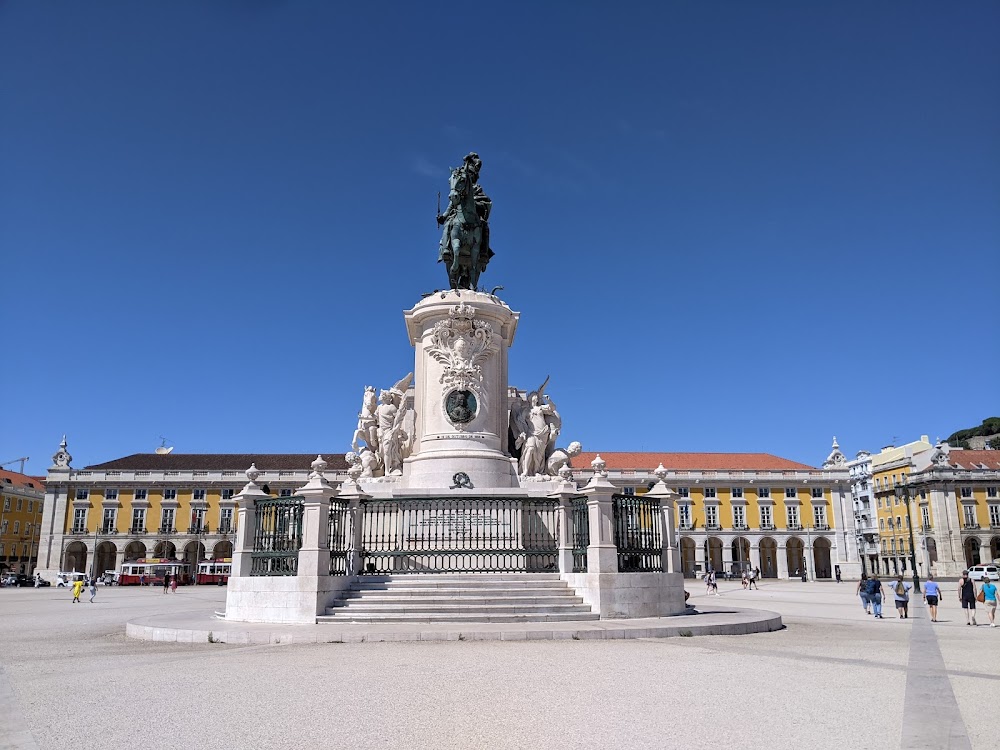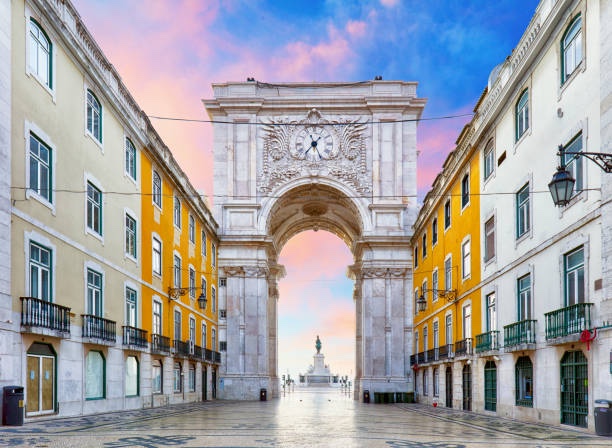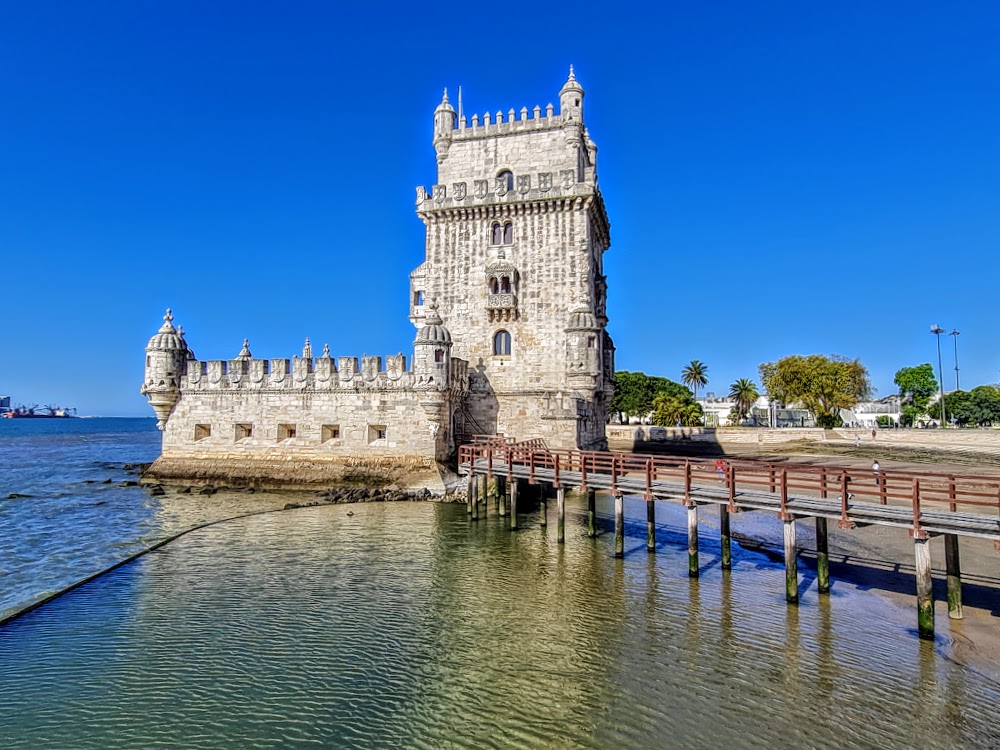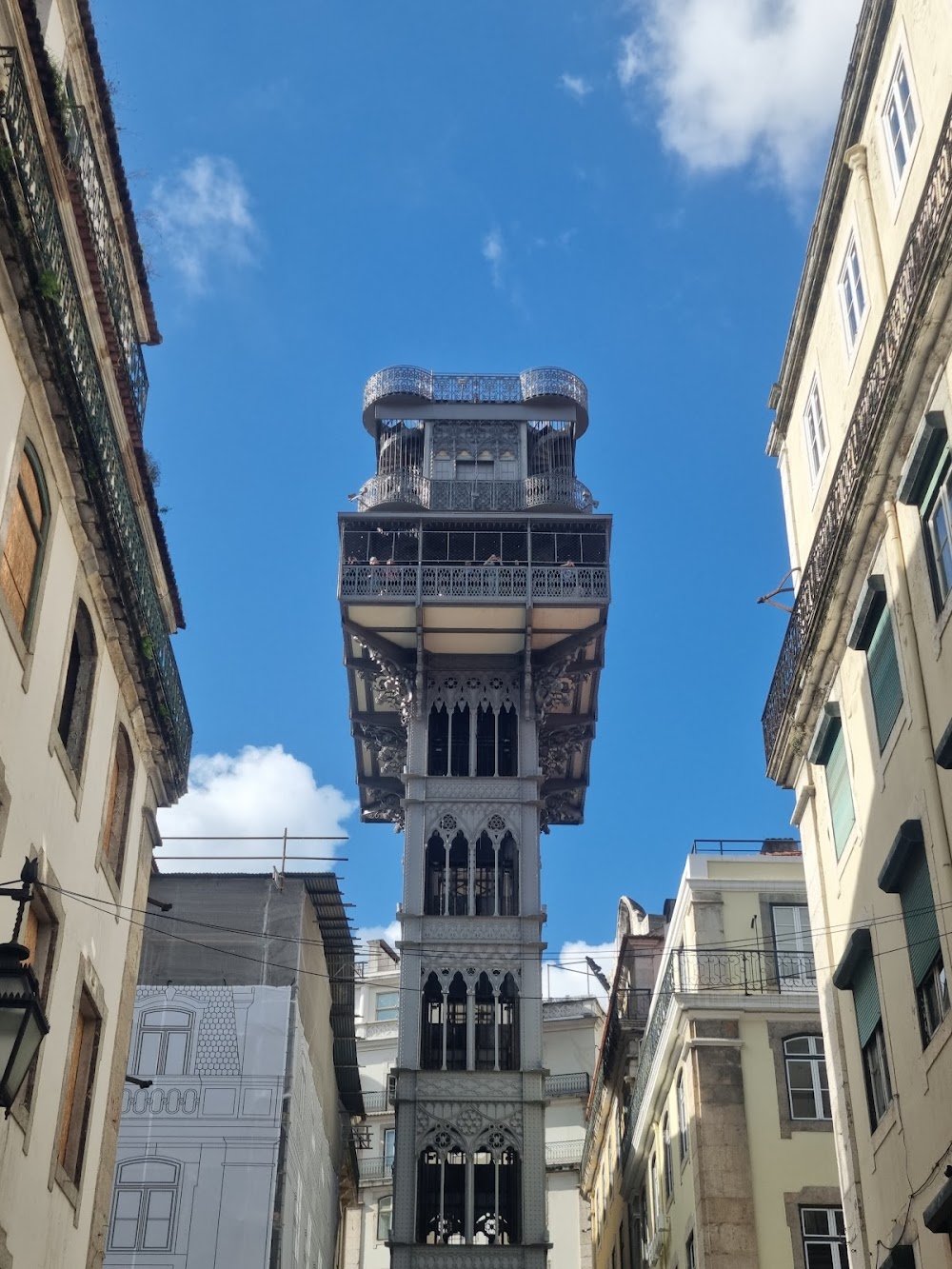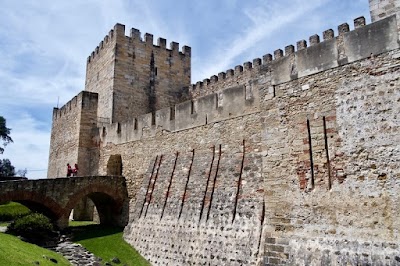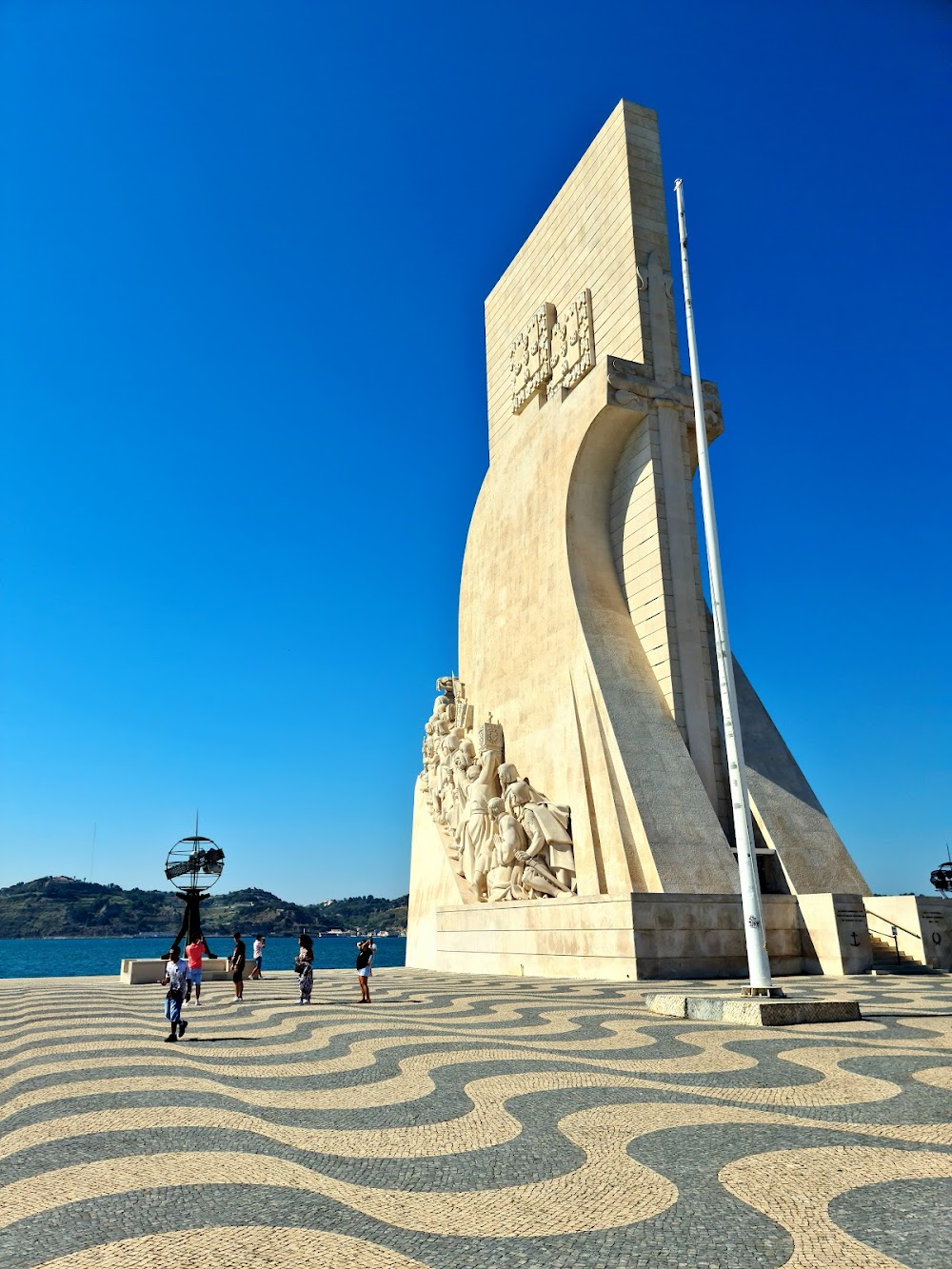Commerce Square (Praça do Comércio)
Overview
Overview of Praça do Comércio
Praça do Comércio, commonly known as Commerce Square, is one of the most iconic and historical landmarks in Lisbon, Portugal. Nestled near the banks of the Tagus River, this grand plaza serves as a monumental gateway to the city, offering visitors a glimpse into Lisbon's rich maritime history and architectural beauty.
Historical Significance
The square took its current form following the devastating earthquake of 1755, which ravaged much of Lisbon. This catastrophic event, accompanied by a tsunami and subsequent fires, left the city in ruins. In response, King Joseph I and his Prime Minister, the Marquis of Pombal, launched an ambitious reconstruction plan focused on modernity, safety, and organization. The Marquis appointed architect Eugénio dos Santos to redesign Lisbon, leading to the emergence of the Pombaline architectural style, distinguished by its orderly layout and innovative anti-seismic construction techniques.
The Birth of a New Square
Rather than rebuilding the royal palace that once occupied the area, the decision was made to create a vast, open square that would celebrate commerce and showcase Portugal's maritime prowess. Thus, Praça do Comércio was born, symbolizing a revitalized Lisbon and reflecting the city’s burgeoning maritime trade and economic confidence.
Architectural Features
Praça do Comércio is characterized by its unique "U" shape, which opens towards the river, historically welcoming ships that docked with goods from around the globe. The square is flanked by elegant neoclassical buildings featuring uniform yellow facades and extensive colonnades. These structures housed essential administrative offices, customs authorities, and port officials, all critical to managing Portugal's overseas empire and commercial endeavors.
Central Monument
At the heart of Praça do Comércio stands a magnificent equestrian statue of King Joseph I, sculpted by Joaquim Machado de Castro and unveiled in 1775. This statue commemorates the city's remarkable recovery, depicting the king on horseback, symbolically trampling serpents that represent the devastation caused by the earthquake and the nation’s resurgence. The intricately detailed pedestal features allegorical figures that celebrate Portugal's historical dominance in exploration and trade.
The Arco da Rua Augusta
One of the most striking elements of Praça do Comércio is the Arco da Rua Augusta, a monumental triumphal arch that connects the square to Rua Augusta, a central street in Lisbon’s Baixa district. Designed to honor the city’s reconstruction, the arch was completed in 1873 after several delays. It is adorned with statues of notable historical figures, including Vasco da Gama and the Marquis of Pombal, epitomizing Lisbon’s rich legacy of exploration and resilience.
Cultural and Political Hub
Throughout its history, Praça do Comércio has been a stage for significant events in Portuguese history. It was the site of the regicide of King Carlos I and his heir, Luis Filipe, in 1908, an event that marked the beginning of the end for the Portuguese monarchy. In the 20th century, the square transformed into a focal point for political demonstrations, reinforcing its role as a communal and civic space.
Modern-Day Attraction
Today, Praça do Comércio stands as more than just a tourist attraction; it is a vibrant cultural and economic hub. The historic buildings now house a variety of restaurants, cafes, and museums, including the Lisbon Story Centre, allowing both locals and visitors to immerse themselves in the city's storied past while enjoying its lively present. With sweeping views of the Tagus River and its rich historical and architectural significance, Praça do Comércio is truly a quintessential part of Lisbon’s identity.


